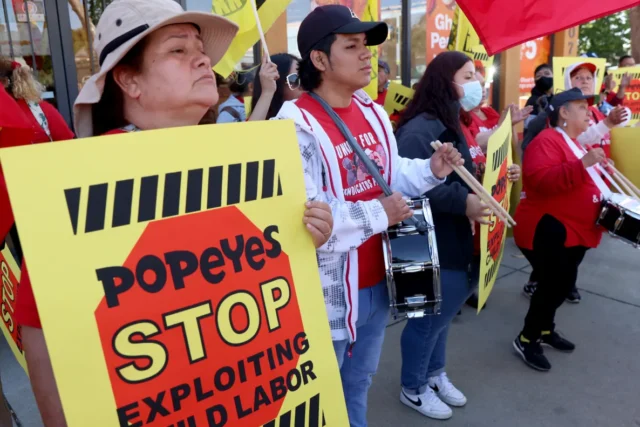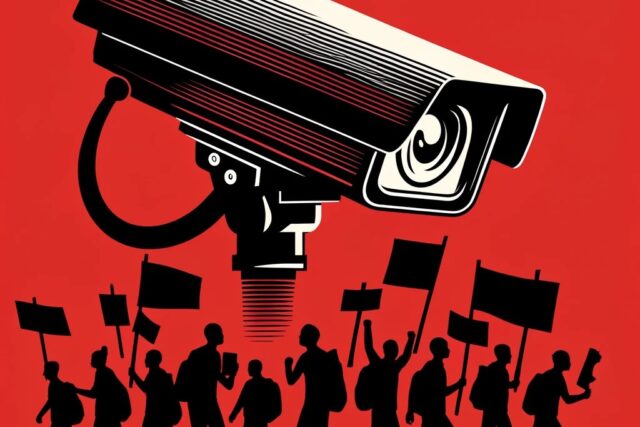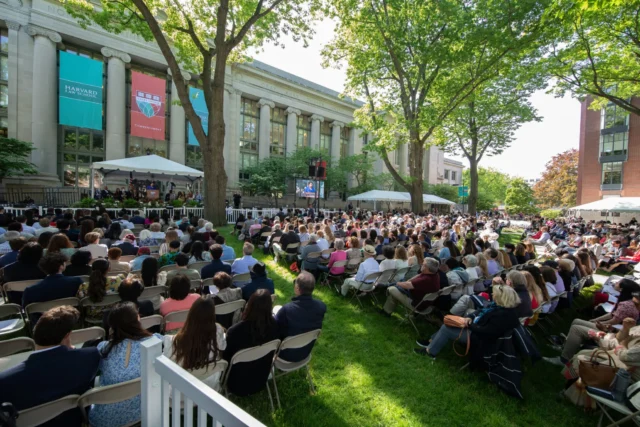The Consumer
While reality television has long relied on drama to attract viewers, the rise of social media has amplified this strategy. Today, controversy on a show can spark passionate online discourse, turning content creators and viewers into effective grassroots marketers. These posts and debates not only keep the show relevant but also promote it organically, driving engagement and promoting Netflix subscriptions—without any additional marketing costs for the production companies.
In fact, Netflix actively encourages social media coverage. For example, in the lead-up to the season 4 live reunion, it tweeted at specific content creators like Kendall Dumas, a YouTube content creator who goes by Kennie JD and had previously discussed the show, asking if she was “ready to find out which… couples [were] still together…”
This kind of engagement highlights an important point: the most effective way to get coverage is to produce content that viewers want to talk about. Shock and villainy seem to be an even bigger draw than the love stories the show is ostensibly based around telling. Anger has proven an effective catalyst for bringing viewers to the internet to call out cast members.
This ties into one of the more unique aspects of Love Is Blind: the synergistic relationship between viewers and the show, where information uncovered by viewers about contestants spawns storylines on the show. Nearly every season involves a scandal stemming from a revelation about a cast member, like when season six fan favorite Trevor Sova was discovered just before the reunion to have appeared on the show while still having a girlfriend. He was publicly shamed by the hosts after his texts were publicly broadcast.
Thompson believes the show set Sova up, saying he wouldn’t be surprised if Netflix leaked the Sova information itself. “[The production team] do run background checks. They follow you on social media. They check who you’re following. I think they’re purposefully [showing] these complicated situations and, in some cases, maybe just making them up completely and complicating them after the show.” Thompson believes these tactics are used to extend the relevance of the season and “keep the drama going.”
Thompson’s theory isn’t outrageous. Production has learned that outrage generates engagement. In season 3, couple SK Alagbada and Raven Ross got engaged in the pods and left the show together despite not getting married. Because they were fan favorites, the couple generated a ton of online buzz following a TikTok where a woman alleged that Alagbada had cheated on Ross with her.
What followed was a messy series of events that sparked controversy and spawned countless social media posts, interviews with Ross, and even spilled over into mainstream media coverage that assembled the complex timeline and laid out the evidence for viewers.
Since then, a particular sleuthing culture grew up around the show which is encouraged by the show itself. Sleuthers uncover secrets, like when a cast member mischaracterized his relationship with his children on air, when a cast member had a fiancé while applying to the show, or when a cast member cheated on the partner they left the show with.
These controversies do more than generate buzz leading up to reunions: they become storylines. Just like Sova’s story became a topic on the reunion because of internet speculation and sleuthing, these other incidents become lines of questioning. This direct acknowledgement creates a positive feedback loop: Netflix brings online discourse into the show, which validates the sleuthing and encourages viewers to dig deeper and find more drama. This keeps viewers engaged while also bring the show to the attention of those who haven’t seen it.
Nussbaum notes that cast member scandals rarely reflect poorly on the shows. “For the whole history of reality TV, the revelations that somebody wasn’t sufficiently background checked and has some criminals stuff in their background has actually ended up as publicity for the show. People don’t generally get turned off by that news.” She continued, “[These scandals] often end up boosting the show.”
However, these incidents have a very real impact on the cast members who are ritualistically shamed and harassed. Reality television has resulted in the suicides of many former participants who struggle with the public shaming that follows how they’re depicted. At least 28 former cast members of reality television shows have taken their lives and countless more have faced online harassment that veers into real world consequences. Women and people of color who go on these shows face even greater harassment.
“For the whole history of reality TV, the revelations that somebody wasn’t sufficiently background checked and has some criminals stuff in their background has actually ended up as publicity for the show.
Cast members are fired and can struggle to find jobs after a negative depiction on television in addition to receiving death threats. These results seem inevitable when considering that shows like Love is Blind edit the cast members to ignite audience passion.
Love is Blind does very little to deter online bullying of cast members, and in situations like Sova’s, the show itself will join in the shaming. Thus Love is Blind reaps the reward of the increased engagement in subscription fees and free marketing from viewers posting their reactions and theories while cast members are left to handle the onslaught of abuse on their own.
But if Love is Blind viewers are savvy enough to uncover buried drama, how are they missing the exploitation at the heart of the show’s production?

Image taken by Reagan Freeman and provided by Unsplash.
The Worker
Savvy viewers think they see the game: cast members don’t go on these shows for love—they’re in it for fame, attention, and money. Skepticism is directed almost entirely at the participants, while the show’s conditions, manipulation, and editing are taken for granted or overlooked. Why?
Legal tools are used by production to control cast members during and after filming. These legal tools can ensure that cast members who might want to leave the show are forced to stay. Season Five cast member Renee Poche was “utterly terrified” of her partner on the show Carter Wall but felt pressured to stay when production “made it clear” that she would be subject to legal action if she left prematurely. Poche isn’t the only cast member who’s felt pressured to stay by production.
Season Five cast member Tran Dang sued Kinetic Content and Delirium Entertainment, the production companies behind Love is Blind, for false imprisonment. As a result of her false imprisonment, she alleges fellow cast member Thomas Smith groped her, exposed himself to her, and “forcibly and repeatedly made sexual contact.” Dang reported Smith’s behavior to producers when it happened but, according to her petition, they “questioned whether the problem was really one of communication and swept aside her concerns.”
Cast members are also required to sign non-disclosure agreements (NDA) when joining the show which forbids them from discussing the details of productions. NDAs mean former cast members can’t speak up without risk of incurring severe legal consequences.
Poche has been sued for four million dollars for making four public statements regarding her negative experience on the show—one million dollars per utterance. In addition to bringing legal action against her, the show removed Poche from the final edit of her season. Love is Blind was sending a clear message: shut up or be prepared to pay.
NDAs function as a form of public relations, ensuring that the companies producing these shows maintain a monopoly on the narratives emerging from the show while concealing how punishing the filming conditions are.
For similar reasons, production companies also include forced arbitration clauses in cast members’ contracts. Arbitration is an alternate form of dispute resolution wherein parties don’t settle their legal claims in courts of law where the proceedings would become public record, pushing those details behind closed doors like in the case of Poche’s lawsuit. Thus, forced arbitration provisions become another form of narrative suppression by restricting flow of information that reaches the public.
was sending a clear message: shut up or be prepared to pay.
Until a recent NLRB decision, Love is Blind cast members were classified as independent contractors, not employees. This meant cast members weren’t entitled to protections under the Fair Labor Standards Act (FLSA) like minimum wage, anti-discrimination protections, safety protections under Occupational Health and Safety Act (OSHA), benefits like health insurance, and aren’t allowed to engage in labor organizing to advocate for better standards.
What makes this deal even worse for cast members is that the key distinction between independent contractors and employees is usually question of control. In theory, independent contractors give up certain legal protections in exchange for greater autonomy—such as setting their hours and deciding how they do their work. But Love is Blind cast members don’t even have control over when they eat.
While their change in classification status to employees is an important step toward improving cast members working conditions, that classification’s legal stability is thrown into doubt under the Trump administration.
Legal recognition as an employee provides the opportunity for cast members to unionize for better conditions. However, many people are uncomfortable with the idea of thinking of reality television stars as workers.
Part of the problem is definitional: what is work? The traditional 9-5 office job is a far cry from the living quarters of Love is Blind. Furthermore, the day-in day-out work being done by Love is Blind cast members can appear frivolous, a paid opportunity to self-actualize through beautiful vacations and interesting dates.
However, this interpretation misses the point. Trying to determine what qualifies as work from the tasks being done is impossible. The work done by an actors, athletes, and accountants couldn’t look more different, yet all are paid to provide a service. Work is better understood as labor that generates value for the would-be employer.
A charmingly edited love story can generate as much, if not more, value for Netflix, Delirium, and Kinetic as it does for the individuals involved, because it attracts viewers, fosters online engagement through commentary and social media posts, and, most importantly, drives subscriptions.
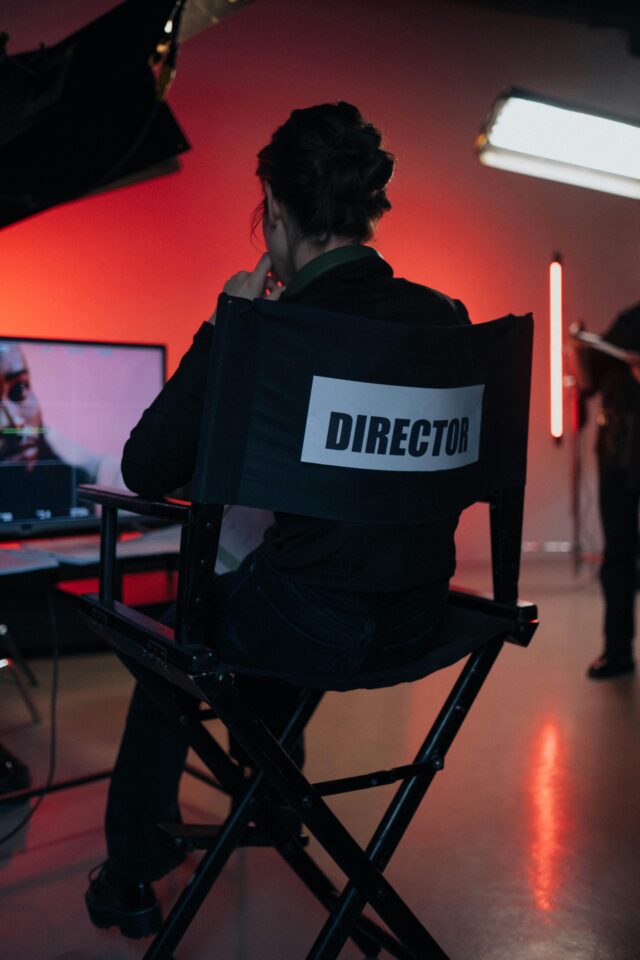
Image taken by Ron Lach and provided by Pexels.
Yet despite the obvious benefit to Netflix, audiences typically adopt a you-get-what-you-sign-up-for attitude toward reality TV participants, dismissing cast members as influencers chasing fame.
However, this sentiment is an inadequate response to the conditions faced by cast members. No one should have to endure the 20 hour work days, deprivation of food and water, and near total social isolation that Love is Blind cast members are subjected to. Furthermore, as Poche and Dang’s lawsuits demonstrate, cast members who wish to leave can be coerced into staying with legal threats.
But also, zooming in on the Love is Blind cast specifically reveals that they’re not pursing opportunities for fame and attention. Many cast members were recruited via Instagram, LinkedIn, and their gyms—not through direct applications to the show.
While individuals must choose to continue with the application process, many are not pursuing fame. They return to their day jobs after the show and, like Thompson, participate because they genuinely believe in the show’s premise of finding love without influence from physical appearance.
What’s more, because Love is Blind intentionally recruits people who aren’t influencers, there’s a question of whether producers choose candidates who lack the media savvy, experience, or cynicism to manage their public image because they’ll be more susceptible to manipulation or influence.
None of these criticisms justify denying cast members a safe workplace.
Even if some cast members are motivated by fame or attention, they’re still performing labor that generates profit for Netflix. The fact that the work is non-traditional doesn’t mean it isn’t a job. People often have multiple reasons for doing a particular job, and having a personal interest or passion for the work doesn’t justify not being compensated. The fact that Love is Blind cast members are also pursuing love doesn’t invalidate their right to fair treatment or pay.
None of these criticisms justify denying cast members a safe workplace. You could argue that all employees choose the conditions of their jobs—but most people wouldn’t suggest eliminating OSHA regulations or collective bargaining rights. The same logic applies to reality TV cast members. While these individuals may choose to participate, that doesn’t mean they should be stripped of basic protections. Reality television should be regulated, and the first step toward that is transparency in the production process. This means allowing cast members to openly discuss their experiences on set, ensuring they can share the pressures, manipulation, and working conditions they face. Without transparency, viewers—and the industry—remain unaware of the challenges cast members endure, leaving them vulnerable to exploitation.
Conclusion
Reality television is not new. The genre plays into a voyeuristic desire to watch people lose control and dating reality television offers a unique catharsis even within the genre overall. As Kendall Dumas puts it, watching romantic relationships unfold on screen has a unique power over viewers “because [] it’s something we can see ourselves in. We’ve been the villain, or we’ve been the martyr.” That familiarity is what makes the genre so compelling, but it also blurs the line between what’s real and what’s been carefully edited or manipulated into existence.
As a result of his time on Love is Blind, Thompson has become an advocate, providing legal and mental health resources for people who participate in reality television. “I just always ask people, like, is this what you want for entertainment? Like, is this the output you want—so you can watch an hour-long TV show and see real people’s lives get ruined because of a narrative that may or may not have been true?”
As long as producers control the narrative and cast members are silenced by NDAs, the imbalance of power will remain unchecked—and audiences will continue to consume stories without knowing the cost to the people behind them. Transparency is just the beginning. Real reform means recognizing reality TV participants as workers, deserving of the same rights, protections, and dignity as anyone else whose labor fuels a billion-dollar industry.
Because the stakes of producing this kind of entertainment are undeniable. Participants are often treated as props, manipulated by producers for the sake of content. As a result, people’s lives and careers can be permanently derailed by how they are portrayed.
Thompson sees the future of the industry as reflective of broader societal values. “[A]re we really going to be a society that destroys people’s lives and doesn’t give them any chance at redemption when they make a mistake, for entertainment? Like, is that really who we are and who we want to be? And I don’t really think there are very many people who’d say yes to that.”



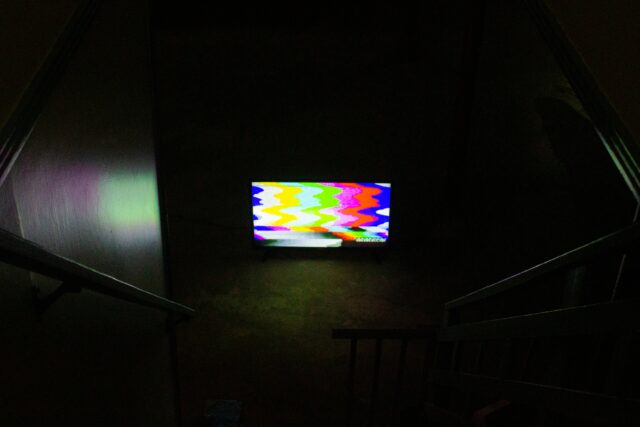


![[F]law School Episode 13: The Migrant Trap](https://theflaw.org/wp-content/uploads/2025/03/Drury_FB2-e1742192209662-640x427.png)

